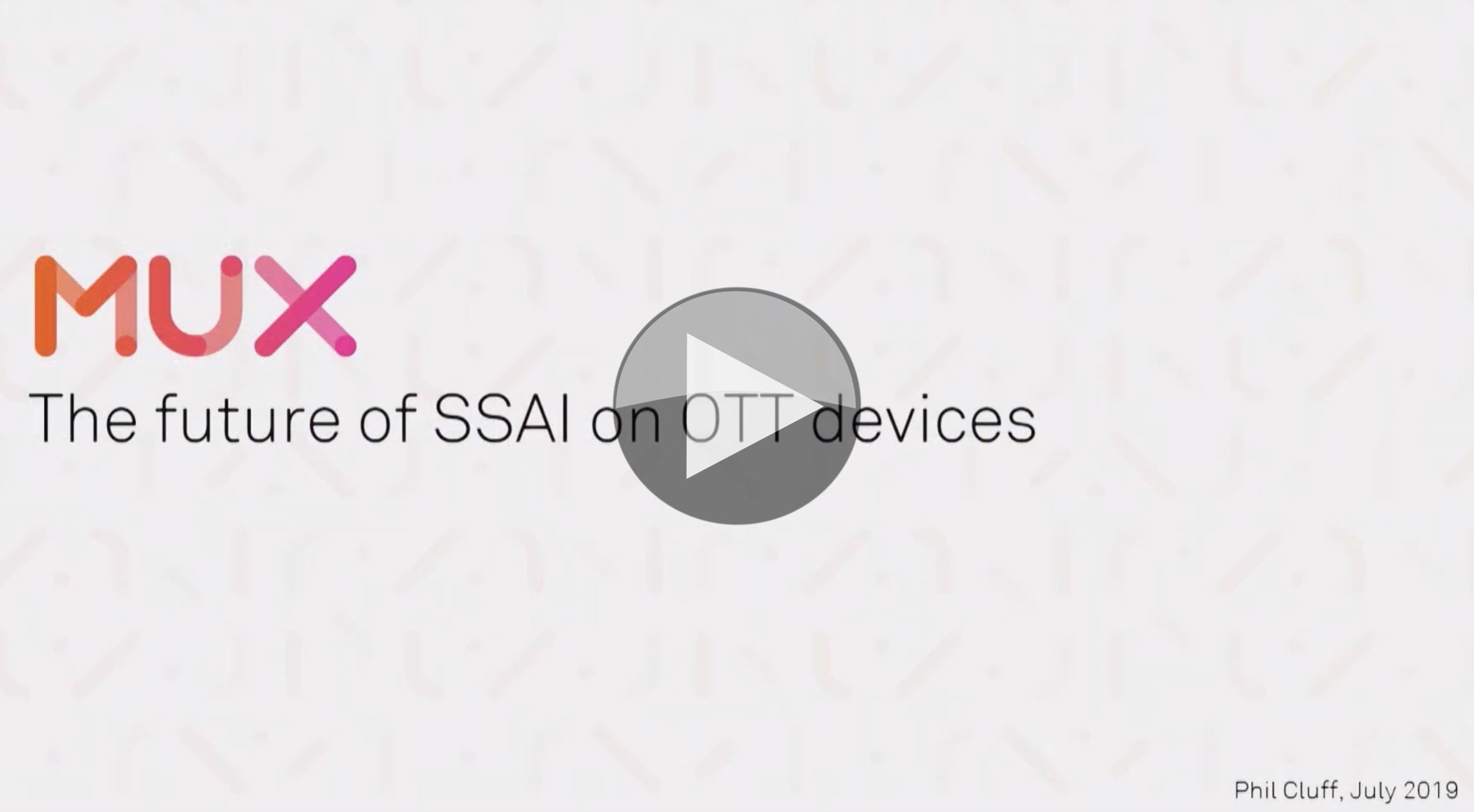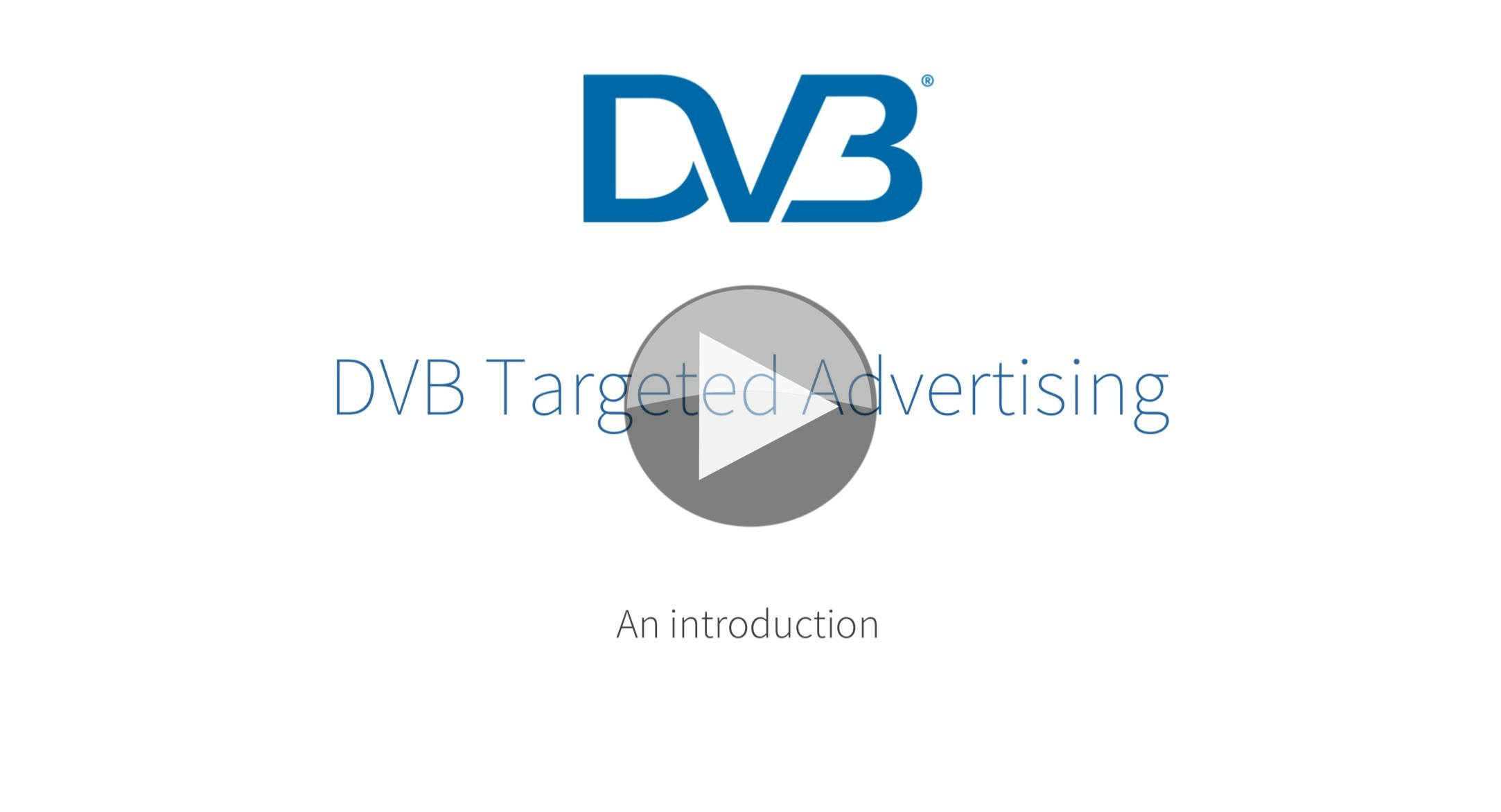Server-Side AD Insertion sounds like a sure-fire way to insert ads without ad-blockers noticing, but it’s not without problems – particularly on OTT devices plugged into the living room TV. As people are used to watching broadcast television on the TV, some of those expectations of broadcast TV are associated with whatever they watch on TV. The quick channel changing, low latency and constant quality are expected even if the viewer is watching a mini OTT streaming device plugged into HDMI input 2.
Phil Cluff from Mux looks at the challenges that devices other than computers throw up when using SSAI at this talk from Mile High Video. In general, OTT devices don’t have much memory or CPU power which renders Client-Side ad insertion impractical. SSAI can be achieved by manipulating the manifest or by rewriting timestamps on video segments. The latter damages the ability to cache chunks, so Phil explores the challenges of the former technique. On the surface, just swapping out some chunks by changing the manifest sounds simple looking at games consoles, smart TVs, streaming boxes and set-top boxes. Unsurprisingly streaming boxes like Apple TV and Roku boxes support the features needed to pull off SSAI fairly well. TVs fair less well, but those relying on Android tend to have workable solutions, explains Phil. The biggest hurdle is getting things working on set-top boxes of which there are thousands of variations, few of which support DRM and DASH well.
Phil examines the rollout of smart TVs finding that most are more than 3 years old which typically means they are on old firmware supporting features that existed when the TV was released but nothing more recent…such as supporting manifest manipulation. With this bleak picture, Phil attempts to ground us saying that we don’t need to deliver ads on all devices. Most services are able to find a core set of devices which form 80% or more of their viewership which means that supporting ads on devices outside of that core is unlikely ever to be profitable. And if it’s not profitable, is there any need to ever show ads on that device? Initially, it doesn’t feel right to deliver without ads to some devices, but if you look at the numbers, you may well find that your development time will never be paid back. An alternative solution is to deliver ads to these people by getting them to watch on Chromecasts you provide instead of on their STB which is a more common option than you may expect.
Phil finishes his talk looking at the future which includes a HbbTV spec specifically aimed around SSAI and a continued battle to find a reliable way to delivering and recording beacons for SSAI.
Watch now!
Speaker
 |
Phil Cluff Streaming Architect, Mux |











